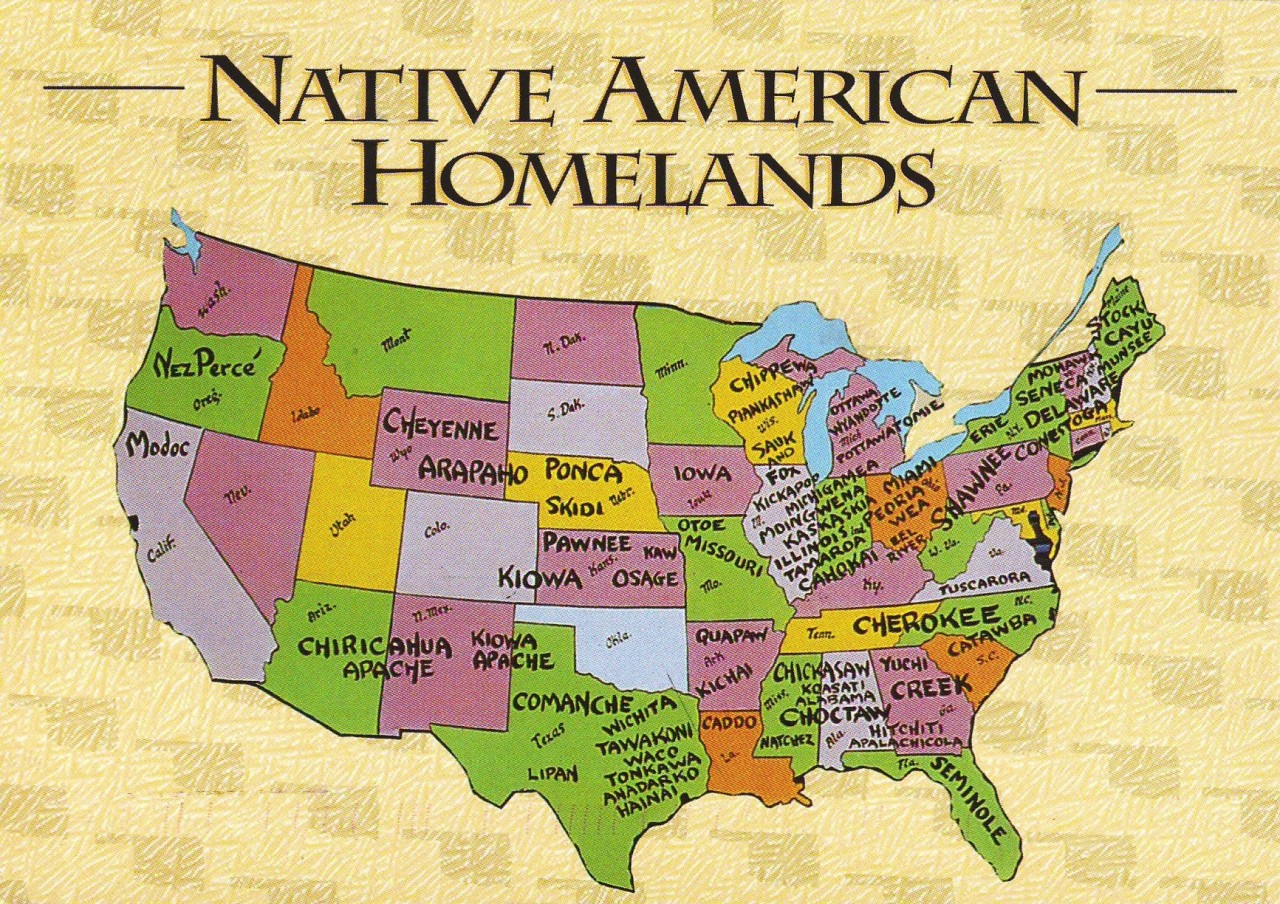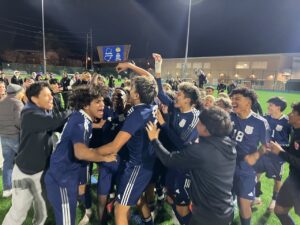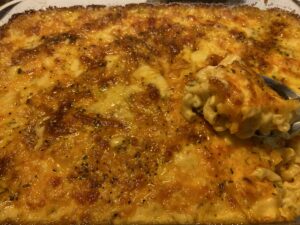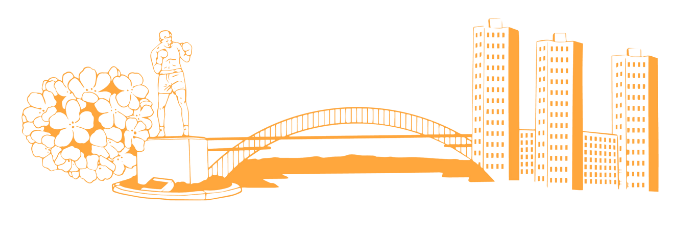Photo courtesy of Library of Congress.
Today is more than cyber deals.
Today is about a heritage that tends to get overlooked even though indigenous people are the very foundation of the United States.
Friday, Nov. 27, is the 11th annual National Native American Heritage Day. The holiday falls on the Friday after Thanksgiving, thanks to a law signed by President Barack Obama.
“I encourage every American to join me in observing Native American Heritage Day…,” Obama said in 2009, when the resolution was signed. “It is also important for all of us to understand the rich culture, tradition, and history of Native Americans and their status today, and to appreciate the contributions that First Americans have made and will continue to make to our Nation.”
There are nearly 6.79 million Native Americans living in the U.S. According to Native Hope, the heart of Native American Heritage Day and Month — which is also November — is “the restoration of a valued identity.“
President George H.W. Bush was the one who established November as National American Indian Heritage Month in 1990, though the name has changed since then.
But enough about the law, let’s hop right into their culture.
Here’s 10 facts about Native Americans.
We use some of their words in English
The Algonnquian group were the first to meet English explorers, which led to integrating their words into our own language:
- caribou (“snow-shoveler”)
- chipmunk (“red squirrel”)
- moccasin, moose, muskrat, opossum (“white dog”)
- papoose (“baby”)
- pecan (“nut”)
- powwow (“to dream, to have a vision”)
- raccoon, skunk (“to urinate” + “fox”)
- squaw, toboggan, totem, wigwam, and woodchuck
Before Christopher Columbus “discovered” America — then called “The New World” — scholars estimated there were more than 50 million people already living there.
Most scholars break North America into 10 separate areas: the Arctic, the Subarctic, the Northeast, the Southeast, the Plains, the Southwest, the Great Basin, California, the Northwest Coast and the Plateau.

The Northeast culture
This area stretches from Canada’s Atlantic coast to North Carolina and the Mississppi River Valley.
These people were either Iroquoian speakers — the Cayuga, Oneida, Erie, Onondaga, Seneca and Tuscarora, who lived by rivers and lakes and “politically stable” villages — and the Algonquian speakers — the Pequot, Fox, Shawnee, Wampanoag, Delaware and Menominee who lived in small farming and fishing villages along the ocean. They grew crops like corn, beans and vegetables.
The Southeast culture
This was located at the north of the Gulf of Mexico to the south of the Northeast.
Here the climate was humid, but the land had fertile agriculture. They grew crops like maize, beans and squash. They lived in small market villages.
Of the Southeastern Indigenous peoples are the Cherokee, Chickasaw, Choctaw, Creek and Seminole, also known as the Five Civilized Tribes, who spoke the Muskogean language.
The Plains culture
These indigenous people lived in cone-shaped teepees, which were made of bison-skin and could be folded and carried anywhere.
They were hunters, and always on the move. These groups included: the Crow, Blackfeet, Cheyenne, Comanche and Arapaho. They used horses to “pursue great herds of buffalo across the prairie.”
The Southwest culture
In the Southwest were the Navajo and Apache, who were nomadic.
This group was hunters and gatherers who sometimes raided their neighbors for crops.
They were also on the move. Their homes, called hogans, were made out of mud and bark.
They praised food as spirits
The Iroquois called maize, beans, and squash the “three sisters.”
They regarded these foods so vital that they were thought of as female spirits.
Before mohawk was a hairstyle, it was a tribe
The Mohawks were a tribe of the Iroquois nation.
These people also liked to “keep one side of their scalp cleanly shaven while the other side was painted a bright color.”
They had their own holiday traditions
The Iroquois celebrated a winter festival similar to trick-or-treating.
A small group of teenagers were led by an older woman as they sang and danced. They stopped outside people’s houses and waited for presents to be brought out to them.
The Sun Dance
This ceremonial dance was done by the Plains people.
Dancers had skewers implanted in their chest muscles and were attached to a sacred cottonwood tree by a rope.
In return for the pain, they “hoped for a plentiful supply of buffalo.“
The tribes live on
As of October 2019, there are 63 state-recognized tribes in 11 states: Alabama, Connecticut, Georgia, Louisiana, Maryland, Massachusetts, New York, North Carolina, South Carolina, Vermont and Virginia.
There are also 574 sovereign tribal nations, which means they have some authority granted by the U.S. government. They have a “formal” relationship with the U.S. government.
These tribal nations are in 35 states and their sovereignty is legally defined as a “federally recognized tribal nation.”












3 Responses
Very good post! We are linking to this great article on our site. Keep up the great writing. Kial Alisander Slavin
I wish to convey my respect for your kind-heartedness supporting folks that should have help with the situation. Your very own dedication to passing the message all around appeared to be really advantageous and has frequently enabled guys just like me to attain their targets. Your insightful guide means this much a person like me and even more to my fellow workers. Thanks a lot; from all of us. Kimberly Durand Barty
I think you have remarked some very interesting points, thanks for the post. Danell Alwin Coheman